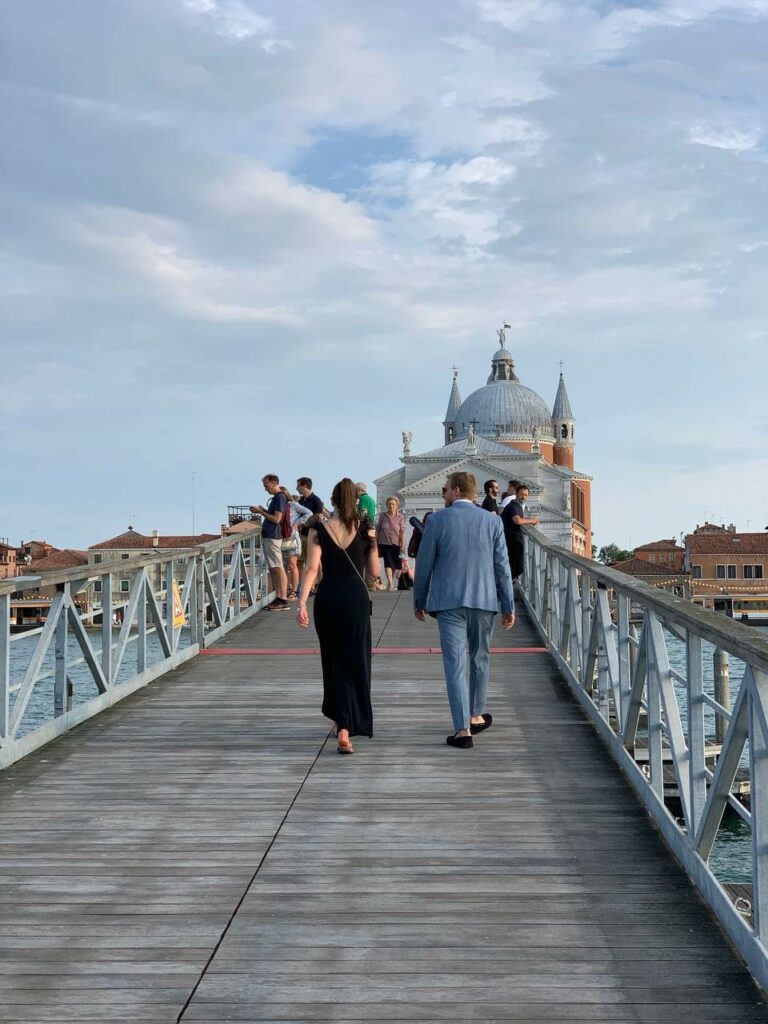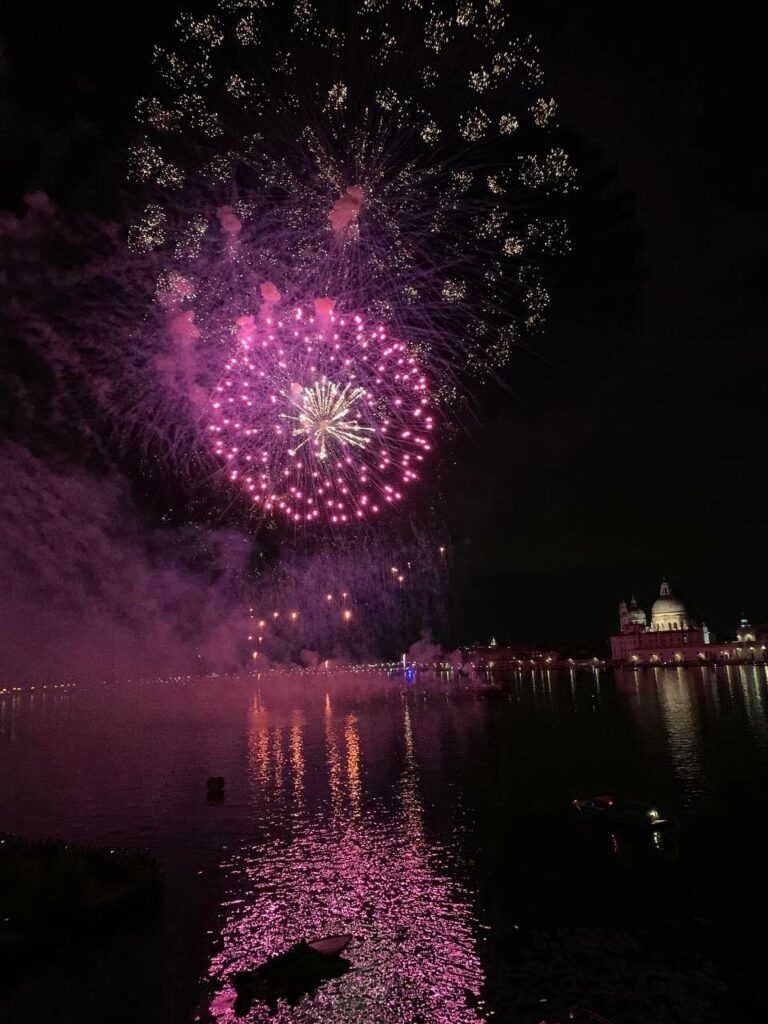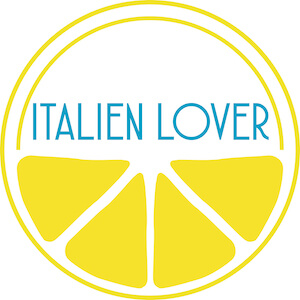
If Italy has been public property since ‘La Dolce Vita’, then the Redentore festival in Venice is one of the final frontiers in authentic Italian living. Originally a display of thanks for salvation from the plague of 1576, the festival has become a joyous antithesis to the touristic exhibitionism of Carnivale, and a true expression of bonhomie in a city which has seen its cultural practices jeopardised by commodification, climate change, and overexposure. Now, more than ever, Venetians turn to Redentore as a bellwether for years to come; what can a festival for those who live and die by Venice’s ailing hand tell us about the future of Italy’s most troubled, most beautiful city?
The short answer, of course, is that Redentore shows us how it could and should be. Granted, there’s scant little back-to-nature about Elton John (a noted mainstay of the event) zipping about on the back of a beglittered yacht, giggling with the heady Italian thrill of it all until Moet shoots out of his nose. And yet, the festival offers us glimpses of a truth often lacking in post-pandemic living. For Redentore, with its six hundred year old traditions of bridge-building and communal celebration, suggests a different Venice, a less beleaguered Venice. And one that, in the current climate, may be very much possible.
Needless to say, Venice has been through the ringer in recent years; the 2019 floods were the worst the city had seen since 1966. Experts concluded that climate change was to blame, with the 20 million tourists who drift along Venice’s gilded canals each year (at least prior to the COVID-19 pandemic) placing huge strain upon buildings constructed before the term ‘carbon footprint’ was but a gleam in the limpid eyes of downtrodden climate scientists everywhere.
So when dolphins were spotted swimming through deserted Venetian canals during the months of the pandemic, it seemed a return to the natural order of things, a reprieve for a city sagging under the water-weight of an industry it simply could not sustain. And yet, it’s not that simple. For, if the virus has taught us anything, it’s that tourism is Venice’s sweetest, most poisoned chalice.
Not quite. If Venice doesn’t need tourism, then Venetians do. Just 50,000 of them remain in their native city, the majority on an uneasy exodus to the quotidian confines of conventional Italy, their livelihoods crushed under the feet of those selfie-stick waving Marco Polos arriving by the thousand each day. Smaller, family-run businesses have been perhaps the most silent of all casualties in the war of What Venice Needs versus What Venice Wants. Indeed, unemployment-forced relocation to the Italian mainland has deprived thousands of their inalienable birth right- to raise their children as Venetian, to live and to work in their place of origin. And yet, for those who remain, tourism is a lifeblood; 60 percent work within this sector, and, as the Venetian machine rumbles on, this is unlikely to change.
So, we might ask, what happens next?

It’s easy to cast a critical eye over proceedings and view the ongoing COVID crisis as some kind of glorious victory for climate change, with silver-haired Venetians stroking their whiskers in nostalgic reverie for long-bygone days of a Venice with empty canals, the quiet chatter of hushed Italian from quayside restaurants… If this hasn’t been the case since the cholera age, it won’t be again. Venice is a tourist’s city and will continue to be so. And this should be embraced. The pandemic has, however, given Venice the chance it so badly needed to regroup, to come up for air and address how the city can marry its dependence on tourism with organic Italian living.
And there is no better way to signal this than Redentore.
After all, Redentore is a festival for Venetians (and, apparently, Elton John); it retains 600 years of cultural identity, yet is no longer unique to Venice- people all around the world are celebrating what appears to be the plague-end in our time. Perhaps, then, the Festa del Redentore offers us a tentative model for the future; a Venice that protects its citizens and the city they inhabit, whilst opening its arms to something greater, more sustainable, more truthful.
Redentore is not only a boat party. Nor is it a firework display. What it is, is a festival that characterises how we should see the future of Venice; a glorious affirmation of Italian identity which tourists can adopt for themselves without redefining its inimitable parameters.
Post-pandemic living is already in motion- from the 1st August, ships heavier than 25,000 tonnes will no longer be welcome in the Venice lagoon, a move long campaigned for by climate activists and Venetians themselves. Perhaps this is a first, cautious step in rebalancing the scales in favour of those who need it, whilst maintaining the industry that sustains them for years to come. What matters most is that, in our post-pandemic years, we readdress how Italy handles its tourism and support those who give Venice its iconic flavour.
Some might say there are few better examples of this than Redentore, a festival for Venetians, by Venetians. And if, on a July night, you happen to find yourself at the top of the lighthouse on the Island of San Giorgio, watching the celebratory fireworks reflected in the pure, dark waters of the Grand Canal, you might just be inclined to agree with them.

Author: Anna Hanlon
